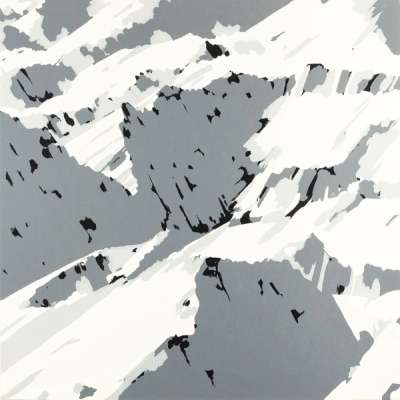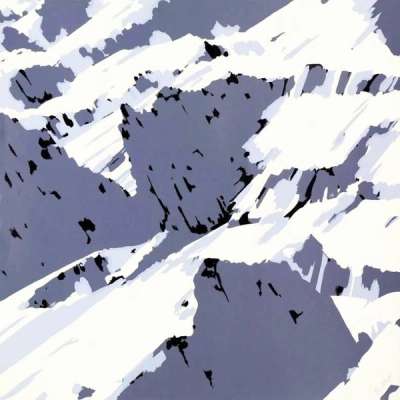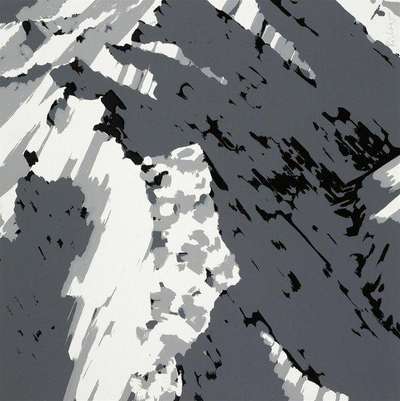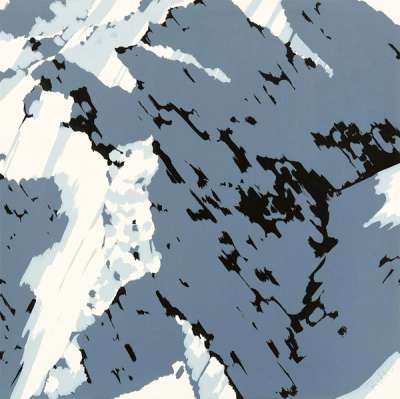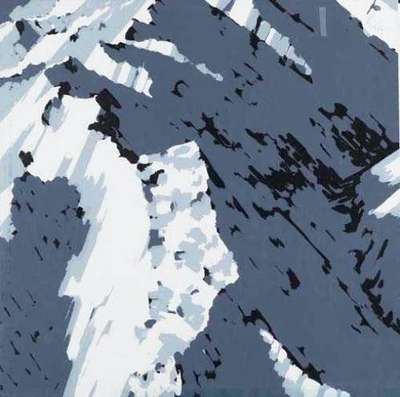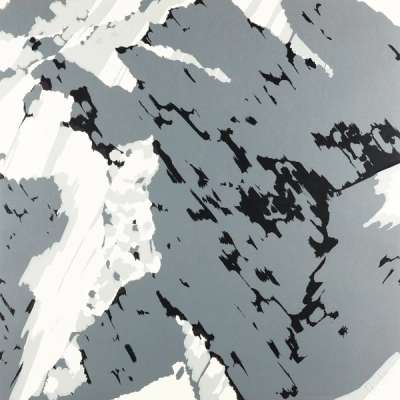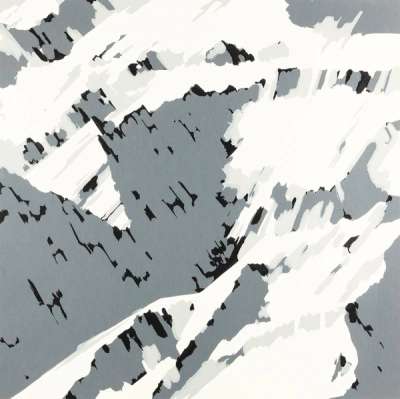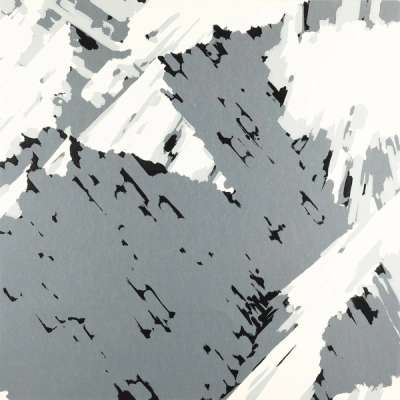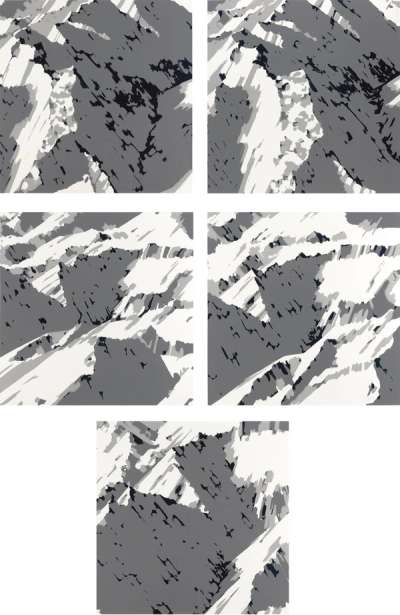
Schweizer Alpen I - B2

Schweizer Alpen I - B2
Signed Print
Gerhard Richter
£12,000-£18,000Value Indicator
$25,000-$35,000 Value Indicator
$22,000-$35,000 Value Indicator
¥120,000-¥170,000 Value Indicator
€14,000-€21,000 Value Indicator
$120,000-$190,000 Value Indicator
¥2,270,000-¥3,400,000 Value Indicator
$16,000-$24,000 Value Indicator
AAGR (5 years) This estimate blends recent public auction records with our own private sale data and network demand.
There aren't enough data points on this work for a comprehensive result. Please speak to a specialist by making an enquiry.
Medium: Screenprint
Edition size: 300
Year: 1969
Size: H 19cm x W 69cm
Signed: Yes
Format: Signed Print
TradingFloor
Track this artwork in realtime
Watch artwork, manage valuations, track your portfolio and return against your collection
Track auction value trend
Auction Results
| Auction Date | Auction House | Location | Hammer Price | Return to Seller | Buyer Paid |
|---|---|---|---|---|---|
| March 2025 | Van Ham Fine Art Auctions | Germany | |||
| February 2025 | Van Ham Fine Art Auctions | Germany | |||
| June 2024 | Van Ham Fine Art Auctions | Germany | |||
| January 2024 | Van Ham Fine Art Auctions | Germany | |||
| June 2023 | Grisebach | Germany | |||
| June 2016 | Ketterer Kunst Hamburg | Germany | |||
| October 2010 | Ketterer Kunst Hamburg | Germany |
Meaning & Analysis
This signed print by German visual artist Gerhard Richter belongs to the Swiss Alps collection. Issued in 1969 in an edition of 300, it is atypical of Richter’s landscape artworks during this period and notable for its abandonment of a photorealist style.
Produced in the same year as Richter’s first photo-realist depictions of landscape, which include works such as Wolken (Clouds) (1969) or Seestück I (1969), Schweizer Alpen I - B2 is at once representational and abstract. Betraying the identity of its subject matter - the Swiss Alps - only loosely, the work is characterised by gestural lines and a limited, monochromatic colour palette. Areas of darker paint recall the cavernous depths of mountain slopes, not yet warmed by the sun, and reveal dark rock beneath the snow’s coverage. White snow, picked out by solar glare, stands in direct opposition to these blocks of darker colour, and reveal the outline of a ghostly mountain range.
Viewed from either afar or in ‘close up’, this print is detached from traditional representation. Eschewing minute, photographic detail in favour of broad strokes, light, and shadow, it is a continued testament to Richter’s desire to enact the ‘death’ of traditional painting. The recipient of a ‘socialist realist’ artistic training whilst a student at the Dresden Academy, then under the control of the East German authorities, Richter was able to nurture traditional skills such as draughtsmanship but was confined to ideological subject matter. Restricted to the reproduction of a prescriptive, political style, Richter took great inspiration from artists working outside of the Soviet sphere of influence, such as Pablo Picasso, as well as from photography, both of which radically challenged the orthodox artistic dogma that surrounded him.
Hailing from Germany, Gerhard Richter has not been confined to one visual style. A testament to versatility and artistic diversity, Richter's work spans from photorealism to abstraction and conceptual art, and his portfolio is rich in varied media. From creating bold canvases to working on glass to distort the lines between wall-based art and sculpture, Richter has honed in on the blur technique to impart an ambiguity on his creations. To this day, Richter is one of the most recognised artists of the 20th century with his art having been presented in exhibitions worldwide. His global impact underscores his legacy as a trailblazer of artistic exploration.
